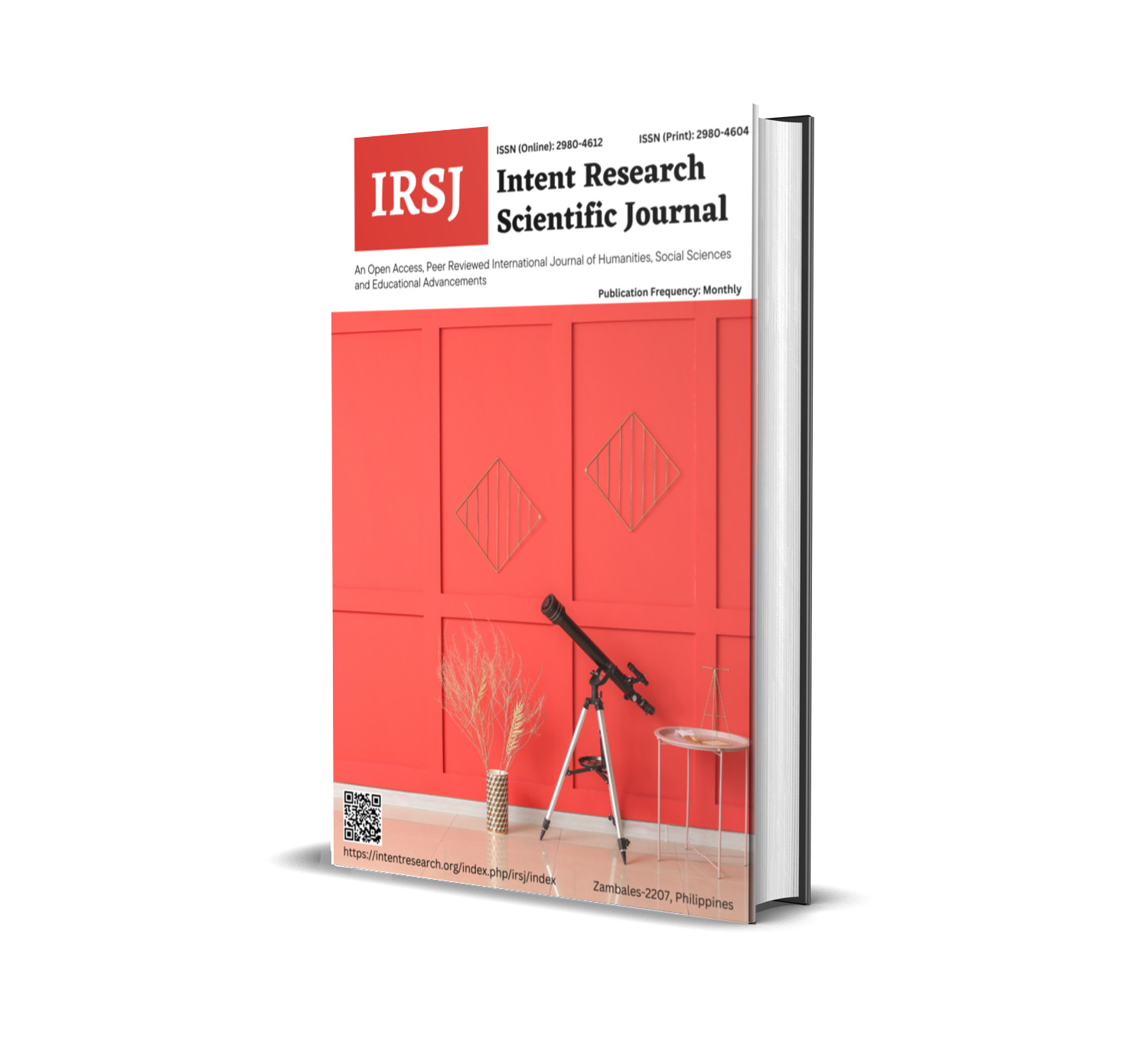GROUPING OF PLANT HELMENTASE
Keywords:
phytonematodes, phytogelmints, organism, growth, biotope, mesophiles, hygrophils, xerophils, eurybionts.Abstract
The ability to adapt phytonematodes to a certain degree of humidity allows you to divide into the following large ecological groups: xerophylls, mesophylls, hygrophils, and eurybionts. Xerophyllam refers to an ecological complex of nematode species confined to purely arid conditions of existence. Species of nematodes associated with biotopes with an average degree of moisture belong to the mesophilic ecological complex. Hygrophils form a complex of species associated with excessive humidification due to close proximity to groundwater. Hygrophils are subdivided into two subgroups: megathermal and mesathermal. Mesathermal hygrophils are confined to floodplain forests (tugai) of river valleys. In irrigated farming, megathermal hygrophils can transition to a cultural area and cause enormous harm to agriculture. Mesathermal hygrophils include nematode species associated with biotopes with excessive moisture under moderate or cold temperature conditions. Some species of mesathermal hygrofills are potentially dangerous parasites of agricultural plants grown in irrigation farming, but cannot survive on rich plantings. It should be noted that a peculiar habitat. Having a kind of complex of environmental factors, it is also peculiar to the composition of phytonematodes. Root gall-forming phytonematodes, cause the disease meloidoinosis. They are dangerous pests, damage up to 5% of the world's crop of cultivated plant varieties. Phytonematodes or phytogelmints microscopic worms belonging to the class Nematoda type Roundworms are usually filamentous or fusiform, usually 0.5-35mm long, covered with a dense shell (cuticle). In the oral cavity of phytonematode there is a stele - the wheel-sucking oral apparatus of which the nematode pierces plant tissues. The nutrient absorption function in nematodes is performed by bulbus, a muscular expansion of the middle part of the esophagus. Many species of phytonematodes winter in the soil, especially in the wintering parts of plants. (roots, tubers. bulbs, gallas). In phytonematodes, eggs are a wintering stage, so when larvae emerge from the eggs, they infect the plants by introducing themselves into small roots, and some pass into the above-ground parts. Phytonematodes have a very large fertility, up to 3 thousand eggs per season. In addition, many nematodes produce several generations per year and therefore the offspring of one female is up to several billion individuals.Phytonematodes usually affect plants of various ages, but for woody plants they are dangerous in the early years of life. When infecting plants with phytogelminths, there is a lag in growth, deformation of trunks and shoots, wilting of shoots, chlorosis. The study of phytonematodes of their types and conditions of development and conditions of adaptation is relevant.
Downloads
Published
How to Cite
Issue
Section
License
You are free to:
- Share — copy and redistribute the material in any medium or format for any purpose, even commercially.
- Adapt — remix, transform, and build upon the material for any purpose, even commercially.
- The licensor cannot revoke these freedoms as long as you follow the license terms.
Under the following terms:
- Attribution — You must give appropriate credit , provide a link to the license, and indicate if changes were made . You may do so in any reasonable manner, but not in any way that suggests the licensor endorses you or your use.
- No additional restrictions — You may not apply legal terms or technological measures that legally restrict others from doing anything the license permits.










